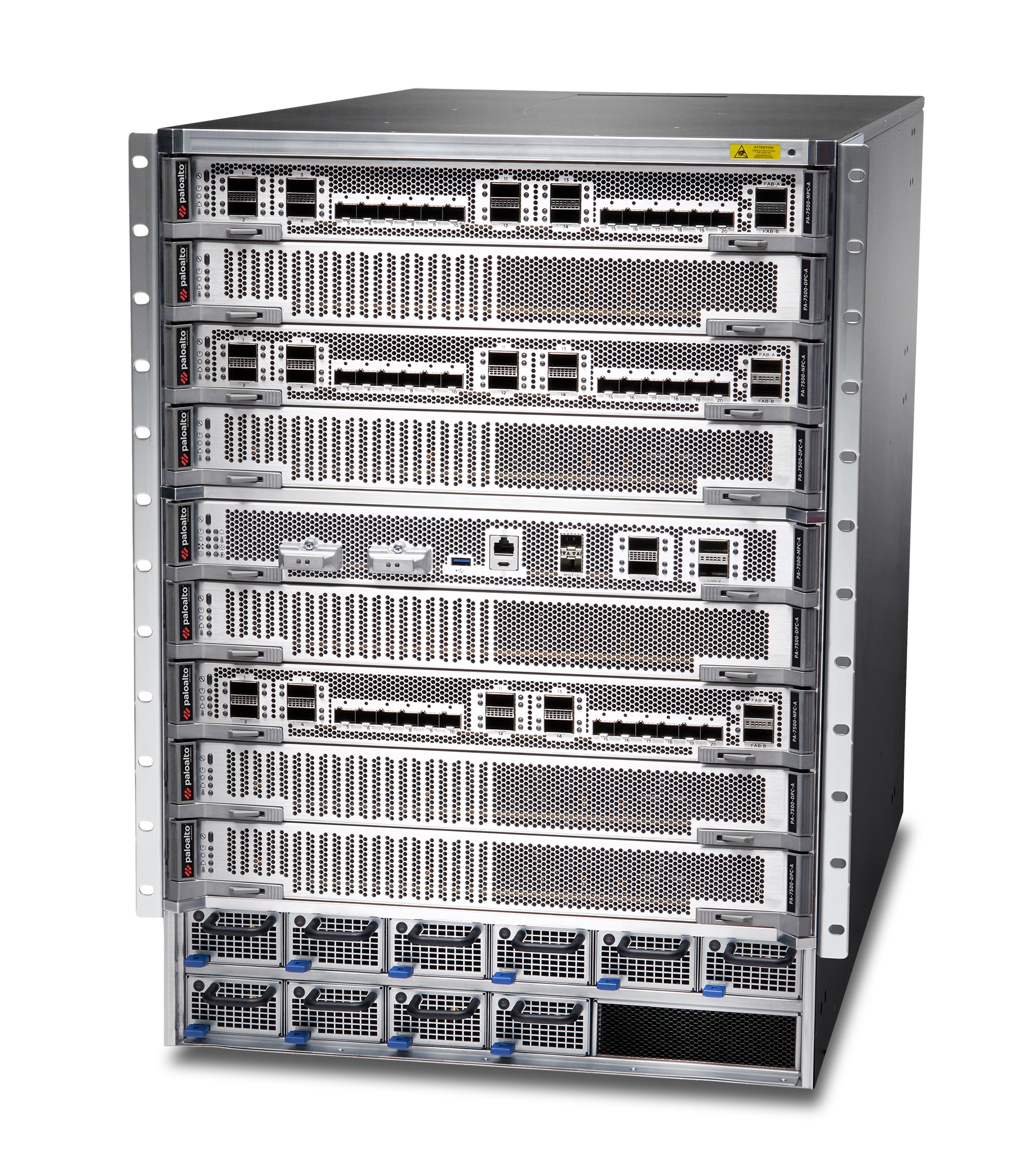In today's rapidly evolving digital landscape, the demand for robust cybersecurity measures has reached unprecedented levels. The intersection of increasing data volumes, rising performance expectations and growing processing demands has brought next-generation firewalls (NGFWs) to the forefront of enterprise network defense. As organizations navigate the ever-changing threat landscape while striving to meet market demands, selecting the right platform becomes crucial in ensuring uncompromised security performance without compromising operational speed and scalability.
Modern cybersecurity necessitates NGFWs to deliver advanced security features such as threat protection, URL filtering, DNS security, data integrity, SSL inspection and with high-capacity processing as fundamental requirements. IT teams are faced with the challenge of reconciling strict security standards mandated by users and regulatory bodies with the imperative to sustain business operations at an optimal speed and scale.
The key question remains: How can organizations effectively monitor all network traffic, regardless of encryption status, and enforce security controls without jeopardizing network performance? Regrettably, many existing NGFW solutions fail to meet this crucial demand, leaving enterprises susceptible to potential security vulnerabilities and performance constraints as WAN speeds escalate beyond 40G to 100G.
Navigating the Encrypted Traffic Landscape
With the increasing use of encrypted web traffic, SSL inspection has become a critical component of modern network security. It plays a vital role in defending against data breaches caused by advanced threats hidden in SSL traffic. Implementing deep packet inspection of SSL traffic is essential, along with enforcing security policies that do not negatively impact network performance.
However, many solutions that incorporate SSL inspection can introduce additional processing overhead and latency, affecting network efficiency. Maintaining a fully operational SSL inspection is imperative to effectively secure real-world enterprise traffic and uphold a strong security posture. Organizations can effectively safeguard their networks and data from evolving cyberthreats by prioritizing solutions that emphasize both performance and security without compromising essential functions.
When selecting a firewall, it is important to consider SSL inspection performance metrics before determining the appropriate size. Opting for a solution that claims high threat protection but experiences significant performance degradation when SSL inspection is enabled is not advisable, especially considering the prevalence of encrypted traffic.
In such scenarios, a traditional chassis model may not be sufficient, prompting the need for the performance, scalability and capacity of a high-performance chassis in a compact, efficient and highly scalable appliance footprint to address the requirements of SSL inspection in a dynamic network environment. In this regard, a modular platform like the PA-7500 series firewall can be particularly advantageous, allowing users to add cards as needed to scale and customize the firewall based on specific requirements.
Maximizing Network Performance with Session Capacity
When it comes to enterprise-level Network Security, understanding the session capacity of a next-generation firewall is crucial before integrating it into your network. Session capacity refers to the firewall's capability to handle multiple connections simultaneously, known as "sessions." These sessions can be application layer L7 sessions or layer L4 sessions, representing various data flows between endpoints in the Network, such as a user accessing a website or an internal service communicating with a database.
A high session capacity is essential for networks with numerous users and caters to the scale of application sessions per user. It allows the firewall to effectively manage all traffic flows without dropping connections or encountering performance issues. As network traffic and the number of connected devices continue to increase, a firewall with a high session capacity is indispensable to meet evolving network demands and ensure seamless network operations.
Introducing the Powerhouse: PA-7500 Series Firewall
A new class of ultra-high-performance security appliances has been introduced to address the above needs — the PA-7500 series. This NGFW has been designed to meet the evolving demands of digital enterprises by setting new industry benchmarks for advanced threat protection, including cloud-delivered security services, throughput, SSL inspection, connectivity and capacity.
The PA-7500 series is a high-performance, chassis-based next-generation firewall tailored for large enterprises, service providers and carrier-grade networks. Ideally suited for data centers and cloud-edge environments, these platforms deliver terabytes of throughput, advanced threat protection and support for millions of concurrent sessions. The PA-7500 stands out for its ASIC-driven performance and value, providing deep application-layer visibility and granular policy control supported by robust threat integrations. Designed to secure complex, high-traffic environments, the PA-7500 offers flexibility and scalability at its core.
Specifically crafted to maintain high performance even with SSL/TLS inspection fully enabled, the PA-7500 leverages a highly scalable architecture with dedicated hardware acceleration for high-compute tasks. This means it can inspect encrypted traffic at scale with minimal performance degradation.
Decoding the Powerhouse Architecture of the PA-7500 Series Firewall

The PA-7500 leverages a scalable architecture to allocate the necessary processing power for networking, security and management tasks effectively. Managed as a unified system, the PA-7500 enables users to easily direct all available resources towards protecting their data.
The PA-7500 chassis intelligently distributes processing demands across three subsystems, each equipped with substantial computing power and dedicated memory: the Network Processing Card (PA-7500-NPC-A), the Data Processing Card (PA-7500-DPC-A), and the Management Processing Card (PA-7500-MPC-A).
With nine slots available for these cards, the minimum configuration includes one of each card. Additionally, one or two Switching Fabric Cards (PAN-PA-7500-SFC-A) with optional redundancy are rear-mounted for orthogonal mating. This modularity allows our customers to future-proof requirements for the Post-Quantum Era to deliver cryptography acceleration and scalability for high-bandwidth sessions.
A fully populated PA-7500 model has been designed to enable customers to efficiently inspect and secure all traffic without causing network slowdowns. Some key performance metrics include:
- App-ID Firewall Throughput (AppMix): 1,500 Gbps
- Threat Inspection Firewall Throughput (AppMix): 1,400 Gbps
- New Sessions per second: 7.2 Million
- Max Session: 420 Million
- Speeds and Feeds: QSFP-DD (8) with support for 400 Gbps/100 Gbps/40 Gbps and hardware support for breakout mode SFP-DD (12)—100 Gbps/25 Gbps/10 Gbps ports
Please refer to the PA-7500 datasheet for more information or visit our product comparison page to see how the PA-7500 compares to our full collection of Palo Alto Networks NGFWs.